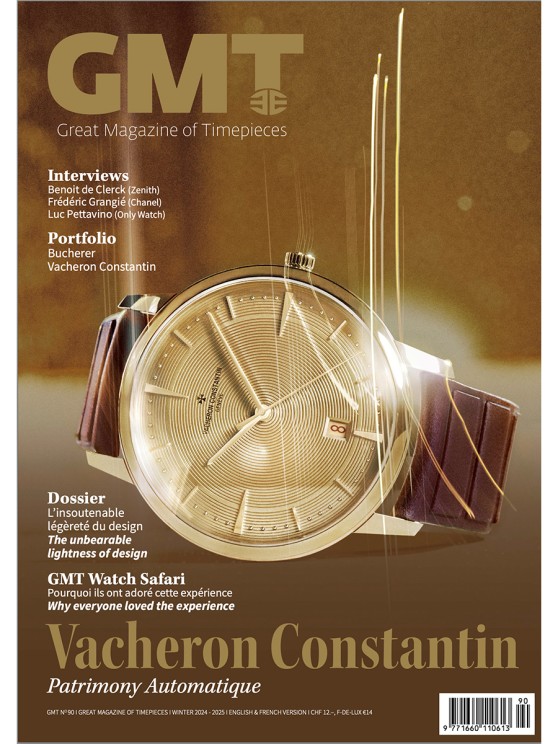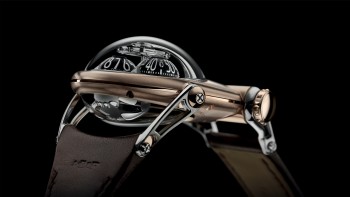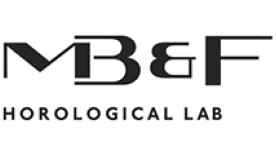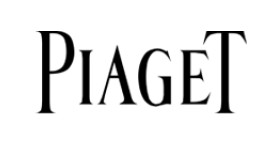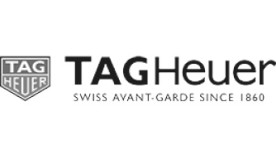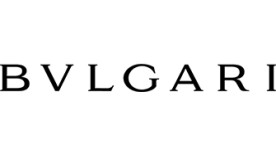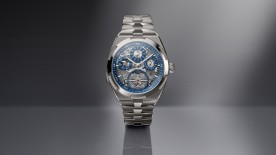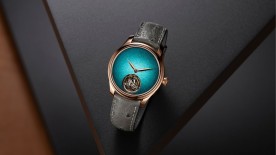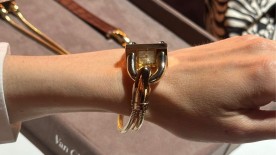A watch is born of two parents: the artistic director and the technical department. The former designs the watch and the latter its beating heart, the movement. Given that collectors care as much about the aesthetics of their timepieces as the craftsmanship of their calibers, designers and watchmakers have to get along… whatever it takes.
“The difficulty for a designer is handling the expectations of a movement developer who assumes that you can’t sell a watch without a movement, so the caliber must come first”, explains Antoine Tschumi, an independent figure in the field of watch design. “In reality, it’s a complete entity that must enshrine the brand’s DNA.” This may seem like common sense, yet it hasn’t always been self-evident. “Ten years ago, we were looking above all for technical prowess”, recalls Cos Hayret, who now collaborates with Bremont after previously working for Van Cleef & Arpels and Montblanc. “We went from PVD to CVD, from carbon to forged carbon, via ceramics, ceramicized titanium and so on. We had to create a buzz and now we have to generate interest. That’s not the same thing, because it’s not just a question of technique or design, but of the story that encompasses both.” Jean-François Mojon, founder of Chronode (Cyrus, Hermès, MB&F, Czapek, Harry Winston, etc.) concurs: “Twenty years ago, a new tourbillon resulted in a new product. That’s no longer possible today. Technology must also tell a story, that of the watch and the brand.”

A creative process in tandem
Consultation between designer and movement developer is therefore essential. Each has to deal with the other’s constraints. “There’s not a day that goes by when I don’t talk to our Artistic Director”, confirms Carole Kasapi, Director of Haute Horlogerie and Movements Strategy at TAG Heuer. “Collaboration between designers and watchmakers is on the increase”, adds Michel Navas of La Manufacture du Temps Louis Vuitton.
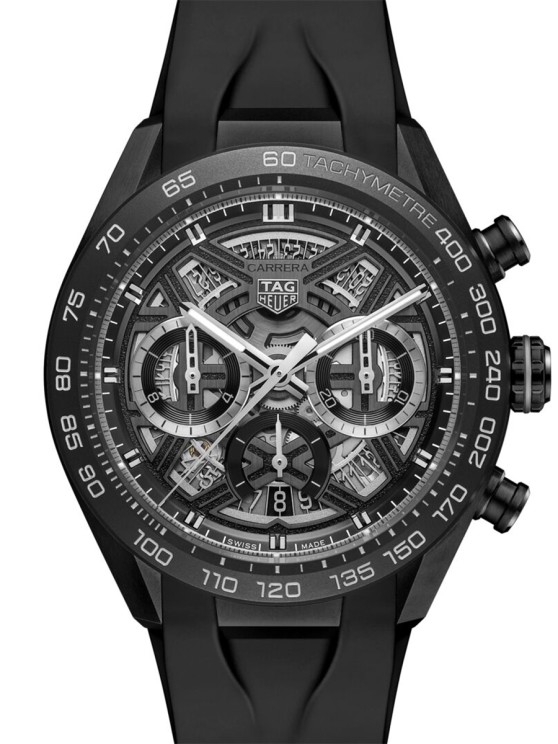
However, when there is no in-house artistic director or movement developer, independent firms step in. Agenhor, for example, which has worked for H. Moser & Cie, Parmigiani and Hermès, also needs to move beyond its role as movement developer to embrace design. “Brands must be able to look ahead and foresee the final result. Today, we need to offer them a movement designed inside one of their own models, while taking things slowly: design is their brand identity. It’s all about appealing, yet without encroaching on their turf”, explains Nicolas Wiederrecht, co-owner of Agenhor. Sometimes, these associations create sparks, as when Bulgari and Concepto teamed up to create the Octo Finissimo models representing monuments to ultra-thin watchmaking, as too is the Altiplano envisioned by Piaget and taken to its most extreme in the Ultimate version.
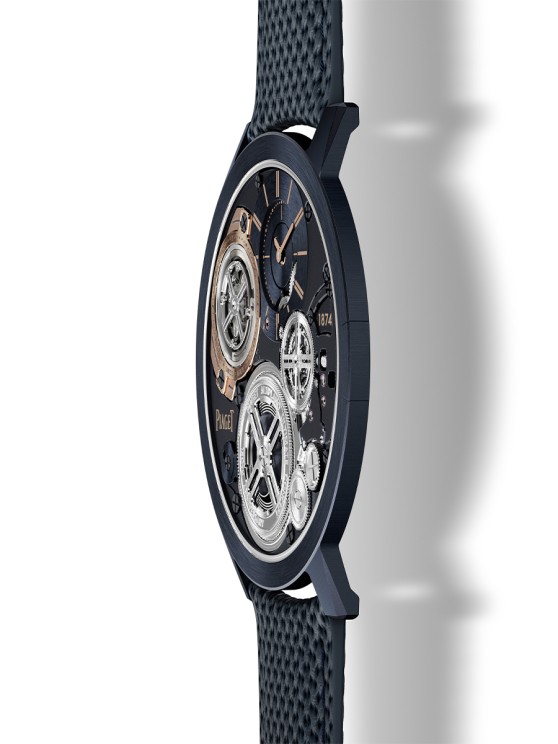
Reasonable creativity
Independent brands do however have certain idiosyncrasies. By way of example, “at MB&F, design comes first, with very few exceptions”, explains the brand. “Max (Büsser, founder) has an idea, makes a sketch and the movement has to adapt. But that’s not always possible. In such cases, the project is abandoned or set aside until technical progress enables it to be taken up again. We designed the sapphire crystal for our HM10 Bulldog in 2011, but our partner wasn’t able to produce it until 2020.” MB&F nonetheless remains a special case, as the brand doesn’t really pay attention to its final prices. “That’s because within a mass-market brand, you have to keep a close eye on the margins. Sometimes, designers’ choices have far-reaching consequences in terms of construction and finish. Their designs are magnificent, but if they were to be executed as suggested, prices would explode!” warns Cos Hayret.
Urwerk seems to have struck the perfect balance. Design and technology are on an equal footing and for a very good reason: one of the two founders, Felix Baumgartner, is a watchmaker, while the other, Martin Frei, is a designer. This is unusual in the watch industry and indeed exceptional according to Valérien Jaquet, CEO of Concepto, “because brands are less and less sure about what they want. That said, there is no longer any such thing as a brief based on a single set of technical specifications.” An implicit barrier has vanished and movement developers are now allowed to take a few creative liberties, although that can imply the risk of a brand relinquishing its own narrative. “Once, the only brief I was given was to create a wow effect”, says Jean-François Mojon with a smile. Exactly the kind of statement liable to ensure further lively discussions between designers and movement developers.
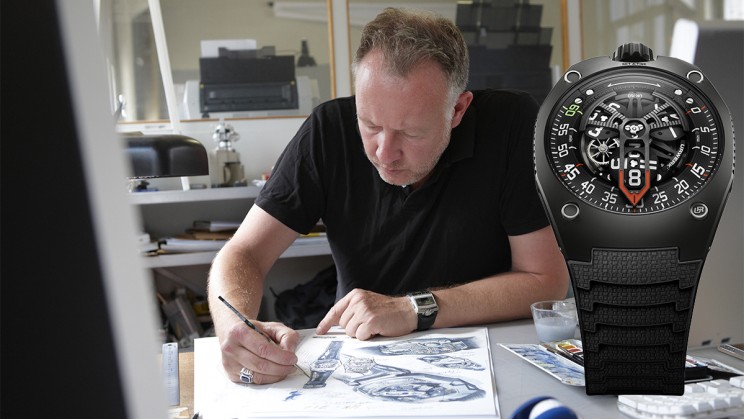
Because you are a WorldTempus reader, we are delighted to offer you the digital version of “GMT 90” which you can download here.
